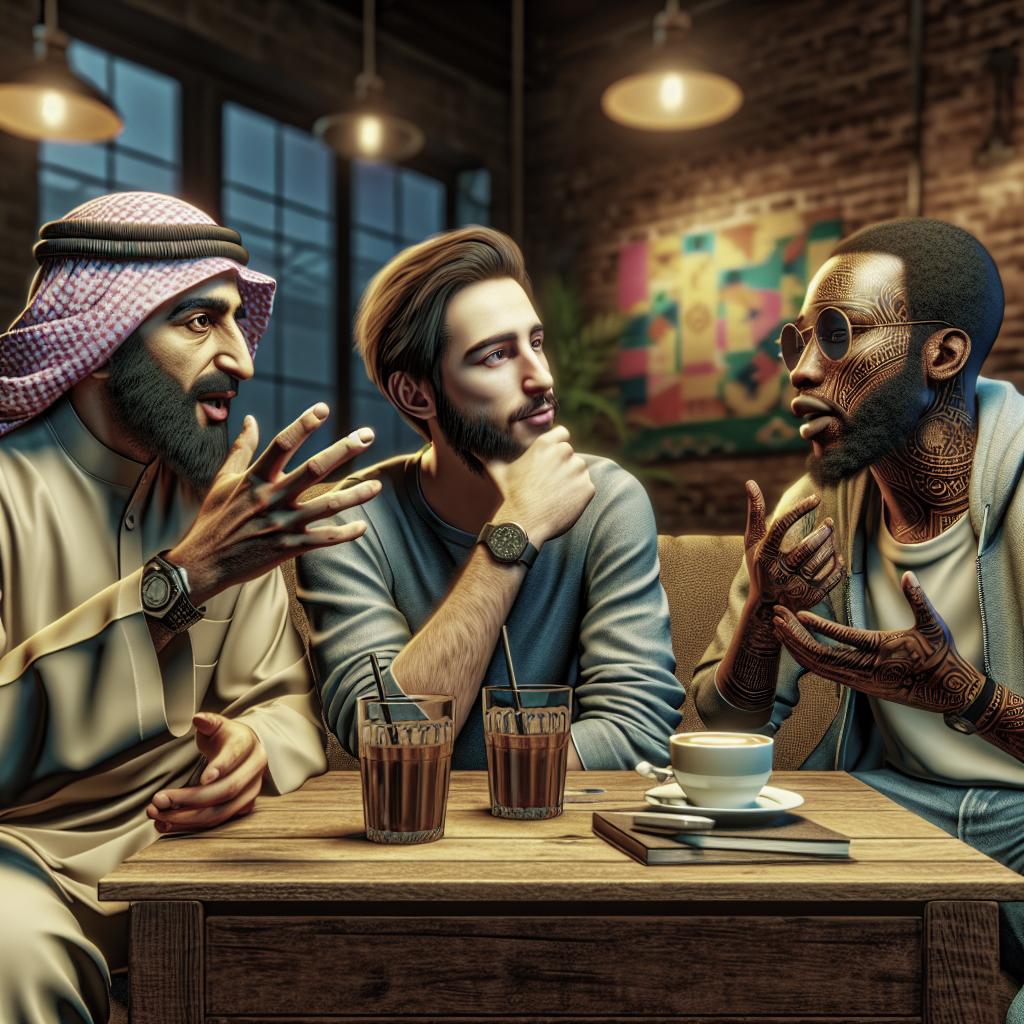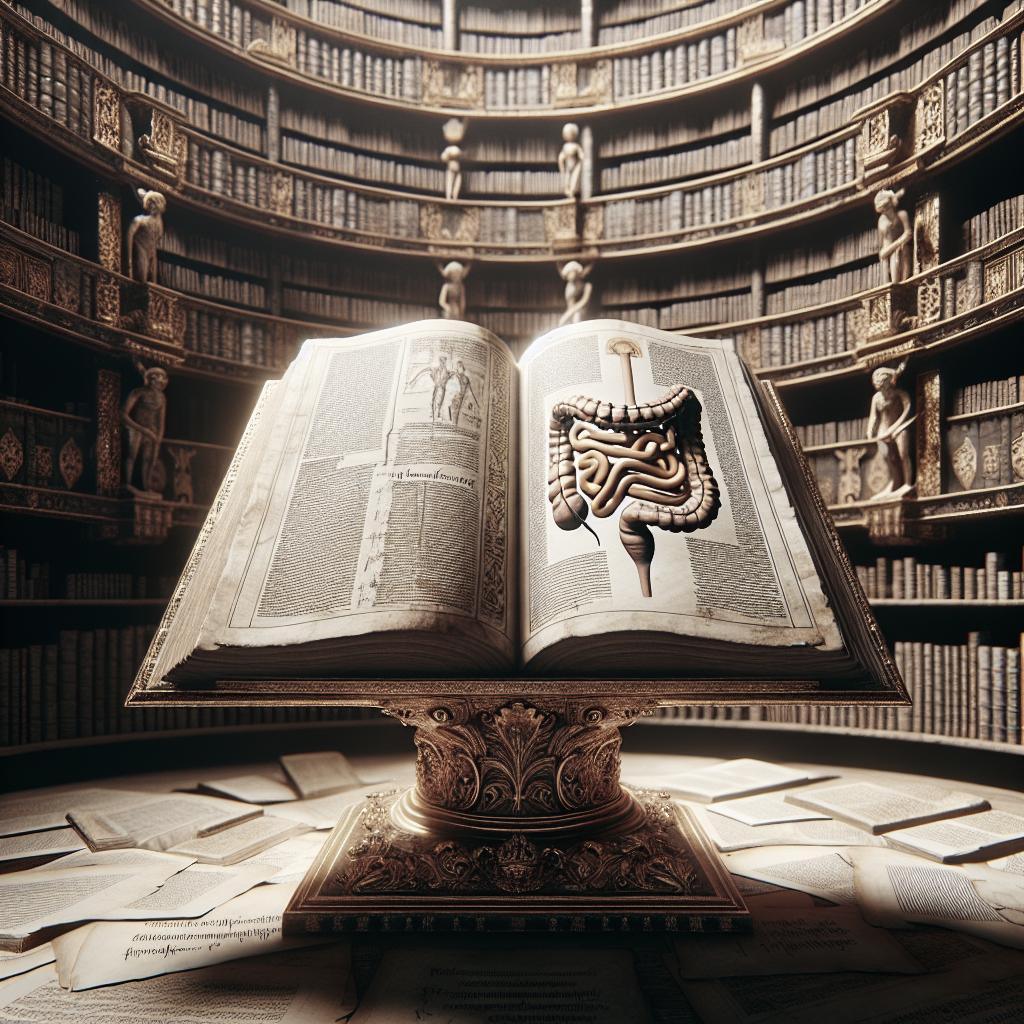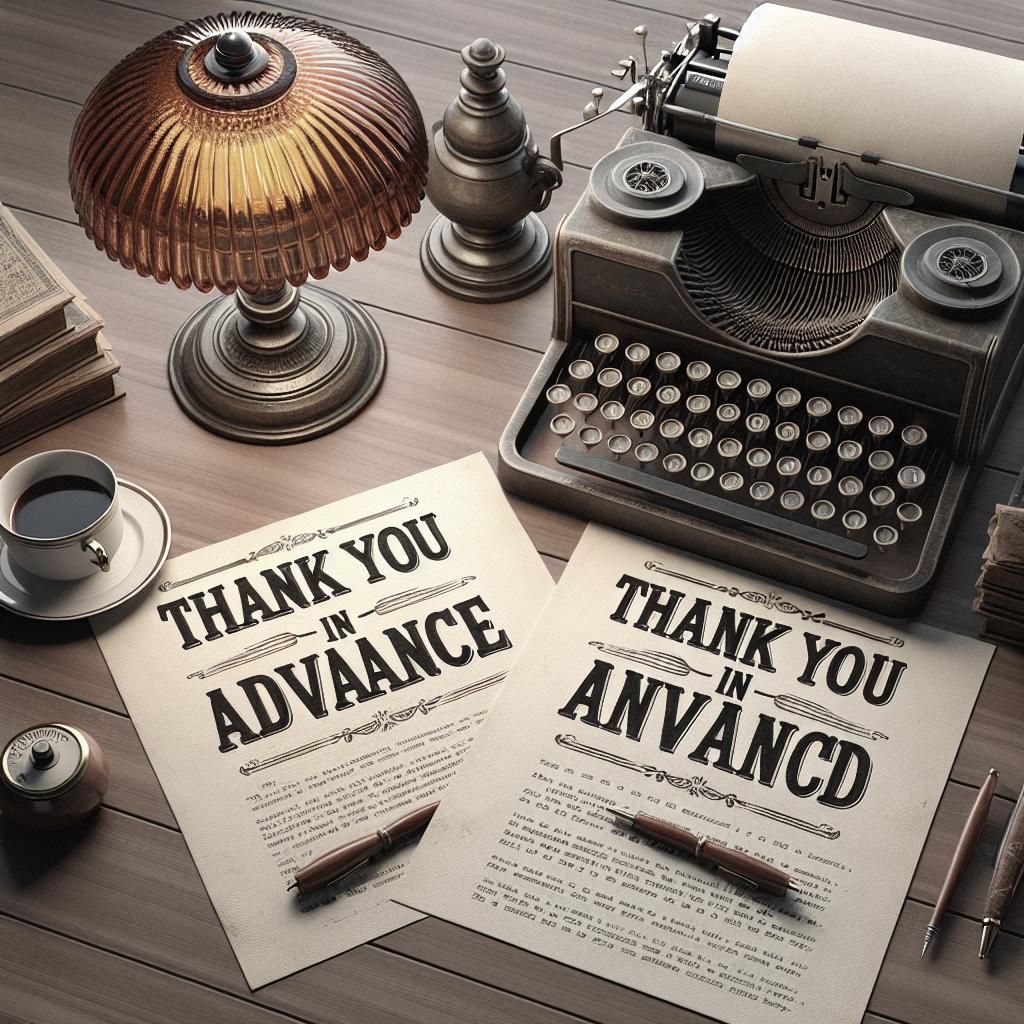Exploring Character Dynamics in Storytelling Character dynamics are a quintessential aspect of storytelling, weaving complex relationships and interactions that captivate audiences. They provide depth, dimension, and drive the narrative forward. From characters in literature to those on the screen, these dynamics have a significant influence on how stories unfold and are perceived by readers or viewers. This blog post will delve into the fascinating world of character dynamics, highlighting beloved favorites that have stood the test of time, while also examining some less desirable dynamics that can detract from a narrative. In this exploration, we aim to better understand what makes character interactions impactful and memorable, as well as those that fall short. Through this analysis, you will gain insights into creating compelling dynamics in your own writing or appreciating them in the stories you consume. Fave Character Dynamics One of the most cherished character dynamics in storytelling is the mentor-mentee relationship, often seen as a cornerstone of character development and plot progression. This dynamic is beloved due to its focus on growth, transformation, and the passing of wisdom. Iconic examples include Dumbledore and Harry from the “Harry Potter” series, or Mr. Miyagi and Daniel in “The Karate Kid”. The mentor-mentee relationship thrives on nurturing potential and fostering confidence, empowering the protagonist to confront their conflicts and evolve. This dynamic allows for exploration of deeper themes such as legacy, knowledge transfer, and the importance of guidance, making it a favorite among audiences who appreciate layered storytelling. Another exemplar of favorite character dynamics is the classic hero-foe relationship, which is foundational to many genres, particularly in epic tales and superhero narratives. A well-crafted rivalry can create a thrilling tension that keeps audiences on the edge of their seats, rooting for the hero while understanding, or even empathizing with, the antagonist’s motivations. Batman and the Joker, for example, illustrate the delicate balance between opposing forces, each shaping the other’s existence. This dynamic often blurs the lines between good and evil and raises profound questions about morality, justice, and the lengths one will go to for their beliefs, making it an enduring favorite for its ability to stimulate thoughtful reflection amid action-packed plots. Least Favorite Despised Dynamics On the flip side, there are character dynamics that often provoke frustration or disengagement rather than intrigue. One such dynamic is the poorly executed love triangle, which can devolve into a cliché when not handled with nuance or originality. The repetitive nature of indecisive protagonists, coupled with predictable emotional conflicts, often results in a narrative that feels contrived and lacking in depth. When characters seem to oscillate between two romantic interests without substantial development or resolution, the dynamic can become tedious, overshadowing other plot elements and leaving audiences unsatisfied. An example of this is the relationship dynamics in the “Twilight” series, where the indecision between Edward and Jacob can at times feel more like a plot device than an organic narrative development. Another dynamic that is often criticized is the overused damsel in distress trope, which can undermine characters and perpetuate outdated stereotypes. This dynamic typically involves a female character whose role is limited to being saved by a male hero, which may not only strip the story of balanced development but also neglects to provide the female character with agency and depth. In modern storytelling, audiences increasingly seek narratives where characters of all genders are empowered, independent, and contribute meaningfully to the storyline. Relying heavily on this dynamic can alienate viewers and readers who appreciate stories that reflect contemporary values and social awareness. Anonymous When considering character dynamics, it’s important to remember that not all compelling interactions need to be defined by traditional labels or commonly recognized archetypes. Some of the most engaging dynamics arise from characters whose roles are less explicitly defined, allowing the freedom to explore unique and unexpected interactions. These anonymous character dynamics can be refreshing, offering a new perspective on relationships and serving as a canvas for creativity. An intriguing example may be found in ensemble casts where individual roles are intentionally ambiguous or left to evolve naturally throughout the story. This allows characters to shift dynamically, influencing and being influenced by each other in ways that challenge predefined roles. This open-ended approach gives writers latitude to explore deeper character truths and subtleties, ultimately creating a richer and more unpredictable narrative experience. By honing in on the organic development of relationships rather than adhering strictly to conventional dynamics, authors can evoke genuine emotion and provoke thought, making their stories resonate on a personal level with the audience. Final Thoughts To effectively summarize our exploration of character dynamics, here’s a table capturing the essence of our discussion: “`html
| Aspect | Favorite Dynamics | Least Favorite Dynamics | Anonymous Dynamics |
|---|---|---|---|
| Description | Dynamics like mentor-mentee and hero-foe shape growth and conflict, offering depth and engagement. | Love triangles and damsel in distress roles can be repetitive and outdated, detracting from narrative depth. | Less defined roles in ensemble casts allow for richer, unpredictable relationships that evolve naturally. |
| Examples | Dumbledore & Harry; Batman & Joker | “Twilight” love triangle; traditional damsel narratives | Open-ended interactions in evolving ensemble casts |
| Impact | Facilitates character development and thematic exploration | Can lead to dissatisfaction due to lack of originality | Enables creative exploration and genuine emotional resonance |
“` Through understanding these dynamic interactions, writers can create stories that captivate and resonate. By drawing from favorite dynamics and avoiding pitfalls of less engaging ones, storytelling becomes a rich tapestry of compelling relationships and experiences.


